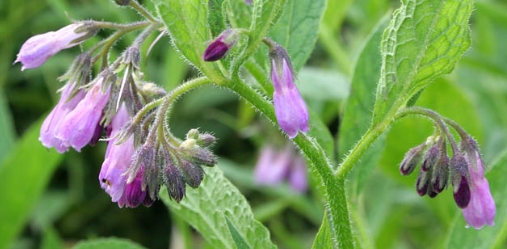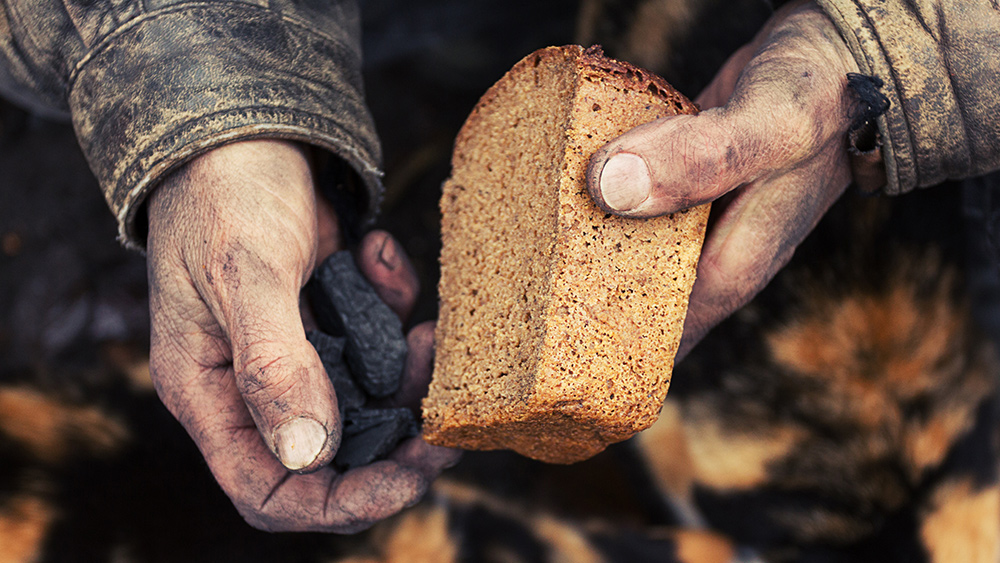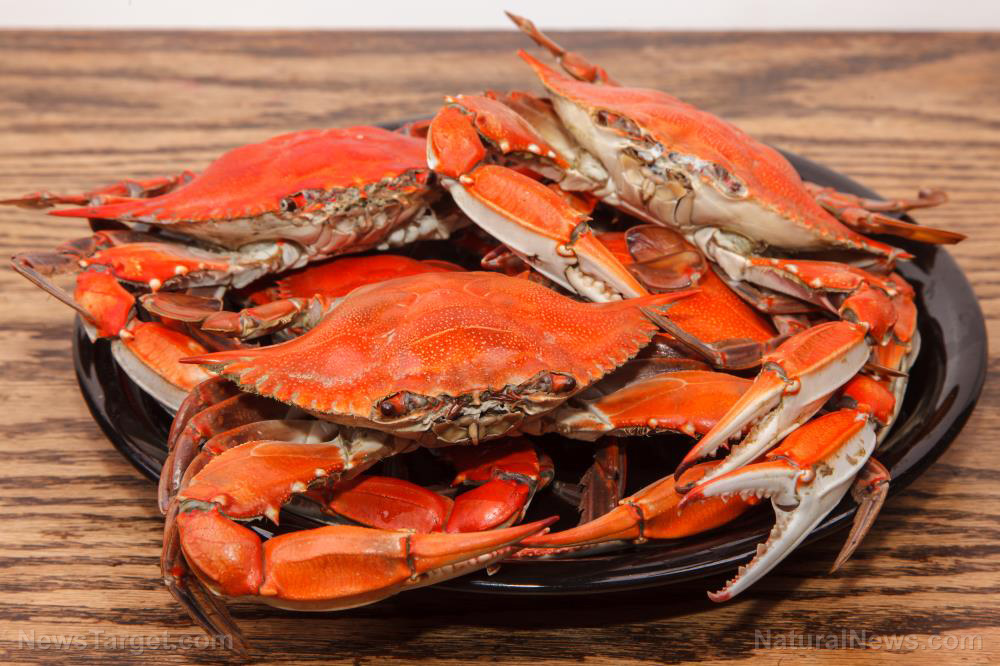
Advertisement
(Homesteading.news) The medicinal value of comfrey has been known for many centuries, and the plant is also very useful in maintaining permaculture systems. Comfrey is a native European plant that can be found growing wild in parts of the United Kingdom.
Wild comfrey is found in the damp grasslands of Europe but is also cultivated widely in the United States and elsewhere and can be found growing wild in the eastern United States. The plant has long “hairy” leaves, and its flowers can be pink, blue, violet or cream-colored, depending on the variety.
Comfrey is easy to grow and plays an important role in permaculture development, due to its “dynamic accumulator” properties.
From NorthCountryFarmer.com:
These plants have extremely deep tap roots which mine nutrients from the different layers of the soil profile. These nutrients are then brought to the surface to be used by surrounding plants. The authors of the book Integrated Forest Gardening call comfrey the “dynamic accumulator par excellence“. It is especially good at drawing potassium and calcium from the subsoil. Using the “chop and drop“ technique, simply cutting leaves and letting them fall, comfrey can be used as a potassium rich fertilizer.
Comfrey leaves can be used to help activate compost heaps due to their rich nitrogen content. A liquid fertilizer can be made by soaking comfrey leaves in rain water for about five weeks. The resulting “comfrey tea” is great for garden plants requiring potassium.

The dried plant has been used traditionally as a livestock feed supplement for many species of farm animals, including chickens, pigs, cattle, horses, goats and sheep. Comfrey is high in protein and nutrients and is low in fiber.
Comfrey was used in ancient times to treat many human ailments. NorthCountryFarmer.com lists some of its traditional uses:
Traditionally, comfrey is known by the name “knitbone“ or “boneset“ and this was derived from the Latin name Symphytum that comes from the Greek symphis, which means “growing together of bones”, and phyton, “a plant“. This in itself speaks to the long tradition of using comfrey for broken bones! Other medicinal uses include bronchial problems, sprains, arthritis, gastric ulcers, burns, acne, and other skin conditions.
Comfrey is extremely easy to grow — in fact, care should be taken to make sure that it doesn’t overrun the rest of your garden! It’s well worth planting, since it provides you with a powerful natural organic fertilizer along with its useful medicinal properties.
The folks at OrganicGardening.com give the following instructions for cultivating comfrey:
Comfrey grows best in full sun or partial shade. It thrives in clay soil with plenty of moisture but tolerates a wide range of conditions. Once established, it is difficult to get rid of, so choose a site where it can stay. Six plants is enough for most gardeners, which means allowing a planting space of about 6 by 10 feet or 3 by 20 feet. Don’t plant comfrey in any area you cultivate, as breaking off bits of root will create oodles of new plants. Remove any perennial weeds in the bed. Plant root cuttings or plants about 3 feet apart either in spring or fall, and keep the soil moist until plants are well established. Don’t harvest the first year, and cut off any flower stalks that form, as your plants need to establish a good root system.
If you are concerned about comfrey taking over your garden, you can grow it in large trash cans filled with soil and compost mix, and with holes cut into the bottom for drainage.
Wear gloves when harvesting comfrey, as some people find it to be a skin irritant.
Reporting by Daniel Barker, NaturalNews.com.
Sources:
Homesteading.news is part of the USA Features Media network. Check out our daily headlines here.
Submit a correction >>
This article may contain statements that reflect the opinion of the author
Advertisement
Advertisements















